
Oct 17, 2022 | ADVOCACY
Here are some common themes we noted from the gaming industry during Responsible Gaming Education Month, led by the American Gaming Association.
1. There is a widening consensus within the gaming industry acknowledging their role in minimizing gambling harms. Increasingly advanced technology is providing opportunities to create tools that could help better inform players of the risks they are taking in real time. If operators wish to sustain their business, adopting effective responsible gambling tools will be necessary. Customers will be expecting it.
2. The current thinking is that collecting a wide swath of information from every player will provide greater insights into their behavior and suggest how tools can be designed to minimize harms. Most commonly sited tools are money and time limits. Giving the player tools to set before play begins will offer a line of defense to prevent an individual from taking too many risks. As technology advances, tools are available that learn how players use the machines. The information helps the operator better understand their customers’ behavior. Software already exists that allows an operator to provide a personalized message to each player based on their patterns of play.
3. Responsible gambling must also be raised for those who design games. If the gambling industry wants to continue being categorized as entertainment, games cannot be designed to be predatory. Stricter regulations must be developed to ensure the games that arrive on the floor of a casino or in an app are not designed to create harm.
4. Some in the gaming industry see the embracing of responsible gambling as a threat. It will take more time to convince certain operators that adopting effective responsible gambling tools will lead to greater sustainability of their operations. Partnerships between advocates of problem gambling, regulators, game developers and operators will be key to ensuring effective ways to minimize harm.

Aug 10, 2022 | ADVOCACY
As the pandemic turns endemic, MNAPG has had more opportunity to do in-person outreach. Here’s a look at some of the recent efforts undertaken by Sonja Mertz, MNAPG’s community educator, and Susan Sheridan Tucker, MNAPG’s executive director.
Presentations
º February 2022: A virtual presentation for 20 staff members of the University of Minnesota Duluth Health Services, which included nursing, mental health and administrative staff members.
º March 2022: Susan was excited to present to Kevin Spading’s class on Problem Gambling. Kevin has been on the forefront of presenting at least some content on problem gambling to his students for years. This year marks his first full semester offering problem gambling.
º April 2022: A presentation at the Metro State University Recovery Conference that focused on gambling and college students. The presentation was well received.
Exhibits
With conferences beginning to return to their normal formats, we had the opportunity to exhibit at the Minnesota Social Services Association and the Minnesota Psychological Association conferences this spring. In an effort to reach less traditional audiences, MNAPG has also been exhibiting at more community-based events, including senior citizen health expos, the Minnesota Parent Teacher Association Conference, the Military Mental Health Conference at Camp Ripley, and the Minneapolis Community Connections Conference.
A Seat at the Table
In April, Sonja had the opportunity to join the Minnesota Suicide Prevention Taskforce, housed under the Department of Health. This will be our opportunity to bring awareness about the impact that suicide plays in problem gambling and to ensure that language about problem gambling and gambling disorder is included in strategic planning for the
2023-2027 Minnesota State Suicide Prevention Plan.
Susan was recently appointed to the Hennepin County Local Advisory Council on Adult Mental Health. This group has been meeting for over two decades and has provided the county with significant feedback and input on its mental health services. As Hennepin County continues to identify where the gaps are in mental health services, Susan is advocating for awareness about the prevalence of co-morbidity of gambling disorder and mental health issues.
MNAPG will continue to explore opportunities in which we can be a voice at the table and increase awareness of gambling disorder.
If you’d like to have MNAPG provide a presentation to a group or at a conference, please contact Sonja Mertz at smertz@mnapg.org.

Aug 10, 2022 | ADVOCACY, PROBLEM GAMBLING
The 2022 legislative session ended without any action on the sports betting bill. There were significant differences between the bill approved by the House and the bill introduced in the Senate.
House Bill
The House bill would have made sports betting exclusive to the tribal nations, with revenue taxed at 10%. The revenue generated would be set aside to fund the implementation and adherence to compliance, with the remaining funds distributed as follows: 25% to the Department of Human Services; 25% to MNAPG for problem gambling prevention, training and research; and 50% to encourage sports participation among youth in marginalized communities. In addition, the bill would have increased the number of counseling hours allowed for families and included a qualitative and quantitative study of young adults 18 -35 years old, the most vulnerable group identified in sports gambling.
This bill added some significant responsible gambling language, which MNAPG had advocated. The bill also would have raised the legal age for online gambling to 21 from 18.
Senate Bill
The Senate bill moved to the Finance Committee in the last days of session. Some of the language incorporated into the House bill was included in the Senate bill, including changing the legal age for online gambling from 18 to 21, but with some significant differences. It added Canterbury Park and Running Aces as allowable license holders. While the tax rate was also 10%, revenue would have been distributed completely differently than the House bill. No funds were set aside specifically for problem gambling. Instead, one-third of the funds would go to the Department of Human Services for mental health purposes. The second third would be provided to charitable gambling organizations in an attempt to compensate them for having the much higher 35% tax rate. The last third would be used to support and attract sporting events to Minnesota, such as the Super Bowl.
MNAPG was extremely disappointed by the Senate bill and relieved that it did not progress. While we remain neutral on gambling expansion, we will fiercely advocate for the inclusion of best practices in responsible gambling and that significant funds be set aside for prevention, treatment and research. It’s disillusioning that Minnesota continues to deny the serious implications of gambling harms as it makes attempts to expand access to gambling. We will continue reaching out to the legislature to require sufficient funding for problem gambling and to mandate that regulatory language is used to help ensure that harms are minimized for all who choose to gamble.

May 25, 2022 | ADVOCACY, PROBLEM GAMBLING
MNAPG Northern Light Spring 2022
This March marked the nineteenth observance of the National Council on Problem Gambling’s (NCPG) Problem Gambling Awareness Month. Along with the 35 state affiliates, NCPG focuses extra efforts throughout the month to raise awareness that gambling addiction is a public health issue, to reduce its stigma and to emphasize that gambling disorder is a treatable and chronic condition.
For MNAPG’s part, we increased our public awareness campaigns through paid social media and the Star Tribune. NCPG provided a daily message which we coupled with an appropriate graphic and shared on our Facebook, Instagram, Twitter and LinkedIn pages.
We had several small campaigns using the Star Tribune’s digital reach and targeted emails. We ran a campaign focused on the problem gambler for the first half of the month, and then switched to a focus on sports betting to coincide with the heightened attention of the NCAA basketball tournament. These are examples of those ads:

Another annual campaign associated with PGAM is National Problem Gambling Screening Day, the second Tuesday in March, when we reach out to healthcare professionals in the substance disorder and mental health arenas to raise awareness that gambling addiction is often co-occurring. We try to emphasize that minimal screening would go a long way in helping those who may have a gambling problem seek the help they need. Unfortunately, most LADCs and social workers lack training in treating problem gambling and may not even be aware that it’s an issue to discuss with clients. We encourage them to ask the three brief bio gambling screening questions. If their client answers yes to any of the three questions, it’s recommended that the individual seek a more thorough assessment to determine if they have a gambling disorder or is at increased risk.
We also tried something new this year. We geofenced the capitol complex, meaning that anyone with a cell phone who entered the capitol, senate or house buildings would likely see one of our ads directed to legislators with some basic statistical information. We know that many state legislators know little about problem gambling, and as the body considers legalizing sports betting, we wanted to remind them of the issue. The success of this effort is unknown as of this writing as the analytics have not yet been processed. We will analyze this info and likely continue to nudge legislators as the bill continues to move through the body and as MNAPG proposes additional legislation.

Feb 23, 2022 | ADVOCACY, PROBLEM GAMBLING, RESOURCES
In the third of a series profiling organizations receiving grants from Minnesota’s Department of Human Services (DHS), this issue of Northern Light features Progressive Individual Resources, Inc.
Progressive Individual Resources, Inc. (PIR) is a multi-cultural provider agency that specializes in working with new African immigrant refugee children and their families to promote healthy social adjustment.
PIR’s DHS grant is for creating culture-specific gambling prevention programs. It’s focusing outreach on communities from the Sub-Saharan African region, including 46 countries with representation in Minnesota.
PIR is working to sustain a collaborative partnership with five leading African organizations, develop an engagement strategy consistent with the needs of the African community, and create a culturally relevant outreach and education strategy.
Some of the ways that PIR is seeking to achieve these goals includes:
- Extending outreach to new and established African communities
- Utilizing a culturally specific, community-based model and tailored approaches
- Engaging in culturally relevant community conversations about problem gambling and its effects
Dr. Richard Oni, Ph.D., PIR behavioral health consultant, and Bili Banjoko, M.A., LMFT, PIR psychotherapist, are performing the work. They have started by identifying communities in need, coordinating with their existing meeting schedules and making sure they connect with community spiritual leaders.
Not surprisingly, they have confronted some challenges and barriers as they seek to raise awareness about problem gambling and survey the communities to learn more about their gambling activities and attitudes. “We find that there are a variety of barriers, such as shame and trust, that keep people from speaking openly,” says Bili. “We’re also finding that people still don’t know that this is all confidential. We need to make sure community clinicians know this is confidential and that the community trusts us.”
“People are confused about the cost and whether it’s covered by insurance,” adds Dr. Oni. “Of course grants ensure that the service is free of charge even without insurance.”
“The more people hear about this, the more we think we can make an impact,” says Dr. Oni. “People continue to learn and we share new approaches with them, not just therapy. For example, if gambling issues are presented as part of cultural healing, they may be more apt to actively participate in it.”
PIR is using different communication modalities to spread the word as well as partnering with other organizations to develop messaging across different mediums. “We’ve learned to use language familiar to each community because language matters,” says Dr. Oni. “We try to express things in local dialect, which can help with participation.” There’s also the strategic use of proverbs that resonate to motivate and encourage community members. (See accompany graphics for examples.)
“You have to have awareness before you can start managing illness,” says Bili. “We’re happy now to provide both outreach and treatment.”
It takes time, but progress is being made. Dr. Oni says, “There is an African proverb that says, ‘If you want to go fast, go alone. If you want to go far, go together.’ Together we can provide resources to those who need it most and serve this community as effectively as possible.”

Dec 1, 2021 | ADVOCACY, HEALTHY PLAY, YOUTH GAMBLING
Read the original article on The BASIS website.
By: Karen Amichia
 Approximately 155 million Americans play video games – just under half the population of the United States. Video game players are commonly stereotyped as a pre-pubescent or teenage boy who stays up too late on a school night indulging in gameplay. However, the average age of a gamer in the United States is 35, and only 29% of all gamers are younger than 18. Over time, video games have become more and more “adult” themed to match the consumer base. Unfortunately this “adultification” has led to increased presence of alcohol, tobacco, and other substance use and gambling content in video games, all of which are usually related to character development or impact gameplay. The pervasiveness and portrayal of substance use and gambling in video games may have implications for video game industry stakeholders and consumers – especially children.
Approximately 155 million Americans play video games – just under half the population of the United States. Video game players are commonly stereotyped as a pre-pubescent or teenage boy who stays up too late on a school night indulging in gameplay. However, the average age of a gamer in the United States is 35, and only 29% of all gamers are younger than 18. Over time, video games have become more and more “adult” themed to match the consumer base. Unfortunately this “adultification” has led to increased presence of alcohol, tobacco, and other substance use and gambling content in video games, all of which are usually related to character development or impact gameplay. The pervasiveness and portrayal of substance use and gambling in video games may have implications for video game industry stakeholders and consumers – especially children.
Video Games & Alcohol
Some prominent video game characters seem particularly inclined to drink, and they drink to excess more often than not. Grand Theft Auto, Red Dead Redemption, and Sea of Thieves feature prominent characters consuming alcohol excessively. These characters are often unable to control themselves, act belligerent, and are shown stumbling around. Games sometimes mimic the effects of being intoxicated by slowing character movement and blurring the edges of the gameplay screen.
Some video games go so far as to reward gamers for their virtual drinking activity. In the game The Red Strings Club, players are able to use alcohol (e.g., pouring other characters drinks) in order to manipulate other characters’ moods. In other games – Fallout, This War of Mine, Prey – drinking alcohol can actually give brief boosts to stats (e.g., strength and charisma), make characters less sad, and reduce a player’s fear status to enable better vision and accuracy. Drinking is often central to a character’s personality or superpowers. For example, video games like Stardew Valley, Bioshock Infinite, and Firewatch each have main characters who show signs of alcohol use disorders. Mortal Kombat X boasts a character whose entire fighting style is the “drunken master” – his special moves include chugging the drink he carries around, belching, farting, and even vomiting on the opponent.
Alcohol content is common in video games that adolescents play. A study based in the United Kingdom found that 17 of the 32 best-selling video games featured alcohol or tobacco content during gameplay. Sixty percent of adolescents surveyed had played at least one of these games. However, the Pan European Game Information (PEGI) system did not report any alcohol content within the games. The PEGI creates accurate, age-appropriate ratings for video games in Europe and informs consumers about the adult content contained within each game. If the PEGI is failing to accurately report this adult content, more children are able to access it. This is concerning because this study also found that adolescents who played at least one of these games were more likely to have ever used alcohol or tobacco than their peers who had not engaged with any of these games.
Video Games & Tobacco
The tobacco industry has a long history of partnering with video game companies for promotional purposes. Even after the implementation of several restrictions limiting the use of video games as marketing tools for the tobacco industry, there still remain countless depictions of tobacco throughout modern-day video games.
 Tobacco use is often an important part of gameplay. For example, Red Dead Redemption 2 includes a scene where a cowboy meets a man smoking a cigarette. The cowboy learns an important objective of the game – he must smoke premium cigarettes in exchange for trading cards (these are in-game markers of progress). He can win the game only when he has smoked enough cigarettes to complete his sets of trading cards. Using tobacco products can also fill the “dead eye” meter which slows down time so the character can make more precise and accurate shots with their weapons. This meter depletes quickly but can be easily refilled by chewing tobacco, or smoking cigars or cigarettes. Other games, like the Metal Gear Solid series and the Bioshock series, include similar tobacco power-ups.
Tobacco use is often an important part of gameplay. For example, Red Dead Redemption 2 includes a scene where a cowboy meets a man smoking a cigarette. The cowboy learns an important objective of the game – he must smoke premium cigarettes in exchange for trading cards (these are in-game markers of progress). He can win the game only when he has smoked enough cigarettes to complete his sets of trading cards. Using tobacco products can also fill the “dead eye” meter which slows down time so the character can make more precise and accurate shots with their weapons. This meter depletes quickly but can be easily refilled by chewing tobacco, or smoking cigars or cigarettes. Other games, like the Metal Gear Solid series and the Bioshock series, include similar tobacco power-ups.
Video games often glamorize tobacco use by depicting characters who use these products as edgy or cool. In terms of functionality, the use of tobacco products tends to focus and steady the character, often boosting the outcomes of their action. It’s easy to imagine that ‘cool’ characters who use tobacco to center and focus themselves will be influential to adolescents. Adolescents who play video games are more likely to have tried alcohol and tobacco products than those who do not. This is particularly concerning as a 2015 survey from the University of California San Francisco found that 42% of video games played by the study participants contained tobacco-related content. However, only 8% of those games received tobacco warnings from the Entertainment Software Rating Board (ESRB) – the American version of the PEGI. This is another example of the rating system failing to accurately detect and warn consumers about the adult-themed content found in video games.
Video Games & Other Substances
It may be surprising (or not surprising at this point) to learn that video games have been making implicit and explicit references to illicit substances almost since their conception. Miyamoto, the game designer for Nintendo, deliberately chose a mushroom as Mario’s power-up in reference to psychedelics. The world of Mario is a fantasy land that you can only get into and remain in by constant ingestion of these mushrooms. Similarly, the creator of Pac-Man refers to the dots that Pac-Man eats as “power pills.”
Archstone Behavioral Health completed a study examining the top 100 best-selling games per gaming console and analyzed each ESRB rating for substance use in order to investigate the types of drug use present per game. They found that 61% of games featured real drugs (e.g., cocaine, heroin, marijuana) and 38% featured fictional drugs found in-game only. Forty percent of the games featured drugs that caused the user to become disoriented in some way. However, ingesting these substances also had benefits. Thirty-two percent of drugs boosted a character’s power and 28% actually increased the character’s health. Nearly a quarter of the video games featured multiple drugs – most of them stimulants to stay awake, gain energy and get high. These tended to also be extremely addictive.
It’s interesting to note that outside of medicinal uses or energy boosts, drugs and the characters who use them are often portrayed as ‘shady.’ Characters who use or sell substances in video games are not as popular as those who use tobacco products. Drug purchasing and use is often reserved for the unsavory or criminal characters in the game’s storyline (e.g., The Elder Scroll, Fallout). In these games, drugs are often vague, untitled substances that are traded by criminals. This poses some interesting questions to gamemakers: what makes tobacco cool and edgy? Why are drugs used by criminals and ‘shady’ characters?
Unfortunately, the portrayal of other substances in video games and its impact on adolescents has yet to be researched in depth. But, research about alcohol and tobacco content in video games suggests that the portrayal of other substances might be related to use initiation in adolescents.
Video Games & Gambling
Gambling in video games has become a hot topic in recent years, especially following the introduction of loot boxes during gameplay. Loot boxes can be purchased with real-world money. Their randomized contents usually benefit the player (e.g., boost the gamer’s character or skills) and aid in gameplay. Games like NBA 2k20 have taken loot boxes a step further to include other gambling-like features, such as slot machines, pachinko machines, and a wheel of fortune. There are concerns that the loot boxes and other gambling-like features found in video games may lead to problem gambling among gamers. A survey of over 7,000 video game players found an association between problem gambling severity and money spent on loot boxes. Players with more severe problem gambling spent more money on loot boxes. Other gambling-like video game features (e.g., token wagering, real-money gaming, and social casino spending) are also linked to problem gambling.
In addition to loot boxes, there are concerns over the use of skins in video games. Skins are items that a player can win during the game, such as weapons, outfits, or particular football players. Counter-Strike: Global Offensive, a popular video game, drew attention from the UK Gambling Commission in recent years after game developers added weapon skins to the game. These skins allowed players to win customizations for their weapons. The random nature and rarity of skin drops made them valuable and they became a form of currency within the game.
 As Global Offensive grew in popularity as an e-sport with professional players and teams, so did sites like the Steam Marketplace. Here, consumers can gamble on the outcome of matches and use their skin inventory to place bets. European law only bans cash-betting on e-sports, so these actions are not legally classified as gambling. Gamemakers exploited this legal loophole that has allowed consumers – including children and adolescents – to participate in gambling-like activities. Loot boxes, skins, and other gambling-like activities found in video games have become normalized and may increase the likelihood of young players developing problem gambling or experiencing gambling-related harms.
As Global Offensive grew in popularity as an e-sport with professional players and teams, so did sites like the Steam Marketplace. Here, consumers can gamble on the outcome of matches and use their skin inventory to place bets. European law only bans cash-betting on e-sports, so these actions are not legally classified as gambling. Gamemakers exploited this legal loophole that has allowed consumers – including children and adolescents – to participate in gambling-like activities. Loot boxes, skins, and other gambling-like activities found in video games have become normalized and may increase the likelihood of young players developing problem gambling or experiencing gambling-related harms.
Conclusion
Video games are a popular form of media and entertainment in the United States and many parts of the world. Drinking, smoking, using other drugs, and gambling have become common content within video games and are often directly linked to character development and gameplay. However, video game review boards like the ESRB and PEGI are not accurately identifying and reporting this adult content. The presence of this content has been shown to increase the likelihood of initiation and problematic behavior in consumers, especially among children. It is essential that review boards ensure that their content warnings are correctly identifying the presence of substances and gambling in games. Educational campaigns should consider targeting gamers, like the Truth Initiative’s anti-tobacco ads on Twitch streams. Parents should take an active role in checking the content of the video games used by their children.
— Karen Amichia
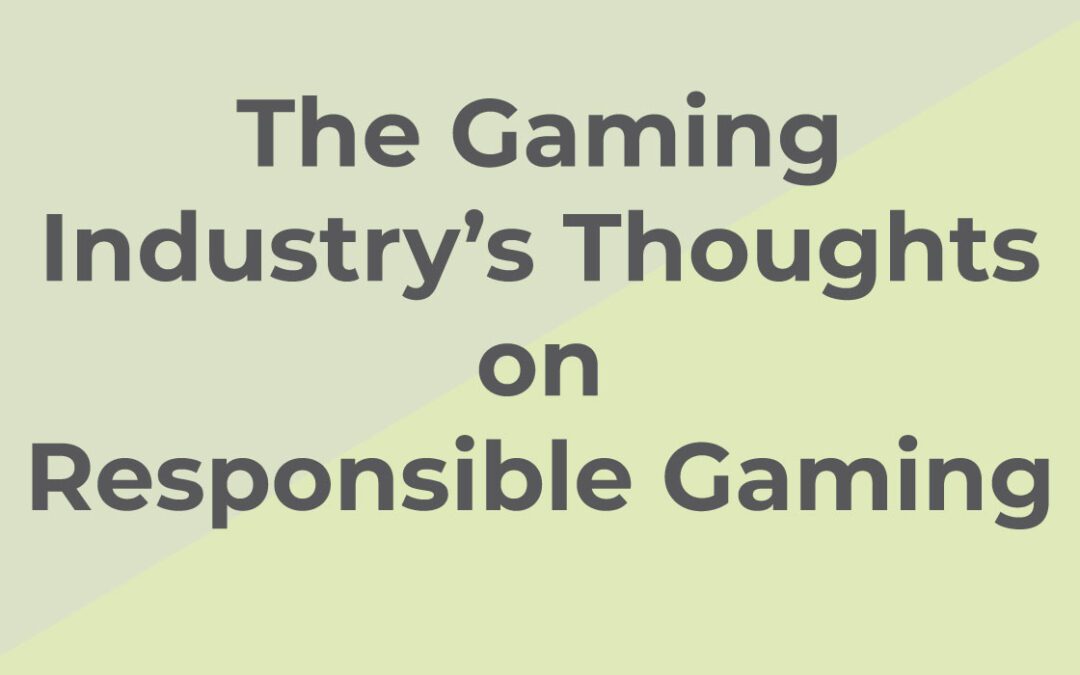
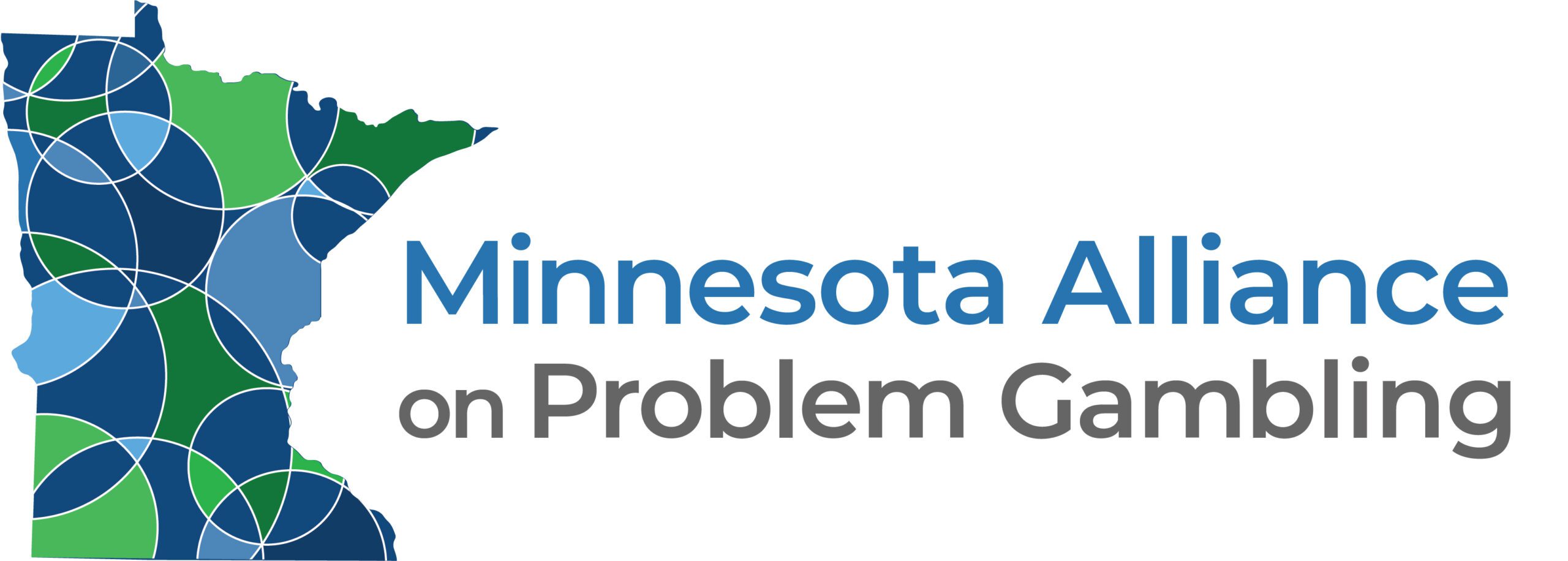
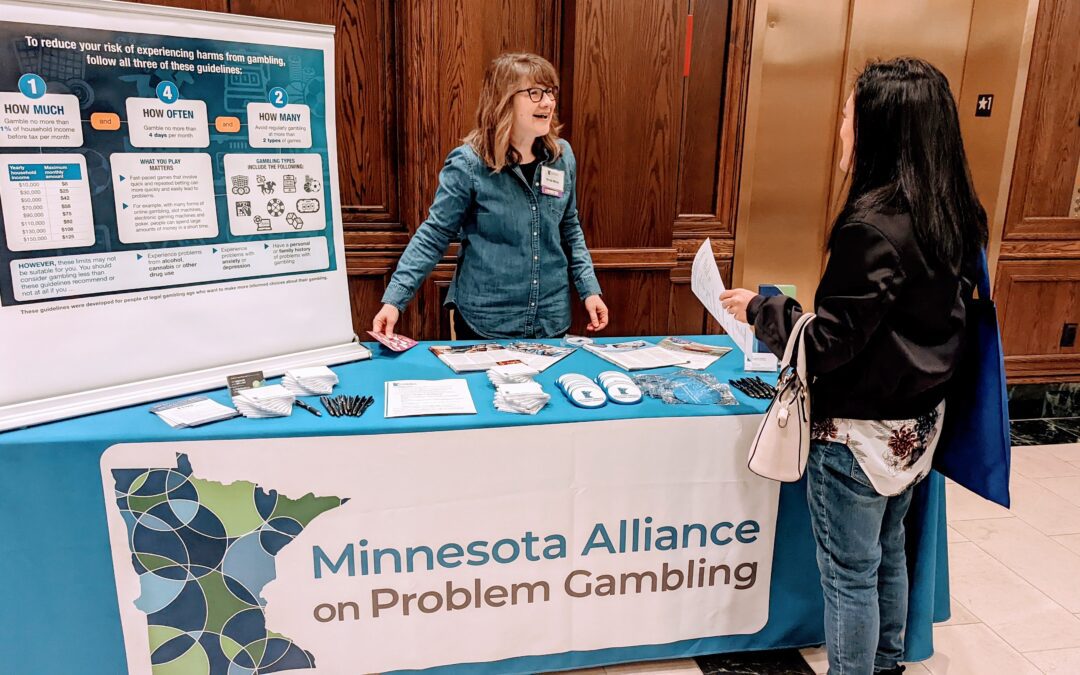

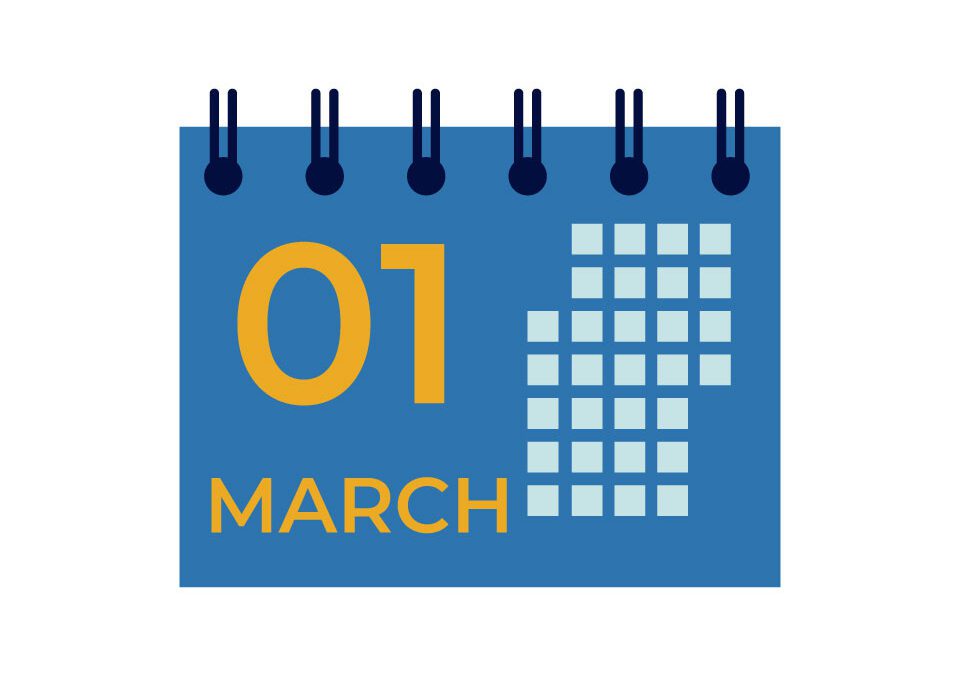

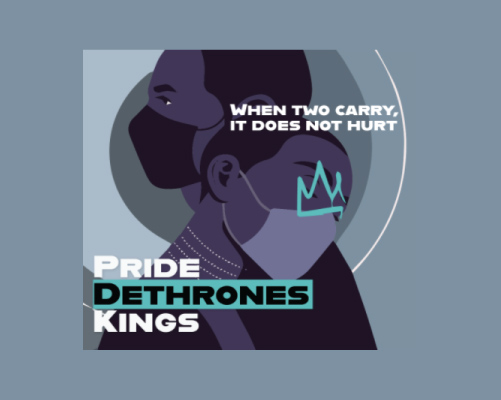

 Approximately 155 million Americans play video games – just under half the population of the United States. Video game players are commonly stereotyped as a pre-pubescent or teenage boy who stays up too late on a school night indulging in gameplay. However,
Approximately 155 million Americans play video games – just under half the population of the United States. Video game players are commonly stereotyped as a pre-pubescent or teenage boy who stays up too late on a school night indulging in gameplay. However,  Tobacco use is often an important part of gameplay. For example, Red Dead Redemption 2 includes a scene where a cowboy meets a man smoking a cigarette. The cowboy learns an important objective of the game – he must smoke premium cigarettes in exchange for trading cards (these are in-game markers of progress). He can win the game only when he has smoked enough cigarettes to complete his sets of trading cards. Using tobacco products can also fill the “dead eye” meter which slows down time so the character can make more precise and accurate shots with their weapons. This meter depletes quickly but can be easily refilled by chewing tobacco, or smoking cigars or cigarettes. Other games, like the Metal Gear Solid series and the Bioshock series, include similar tobacco power-ups.
Tobacco use is often an important part of gameplay. For example, Red Dead Redemption 2 includes a scene where a cowboy meets a man smoking a cigarette. The cowboy learns an important objective of the game – he must smoke premium cigarettes in exchange for trading cards (these are in-game markers of progress). He can win the game only when he has smoked enough cigarettes to complete his sets of trading cards. Using tobacco products can also fill the “dead eye” meter which slows down time so the character can make more precise and accurate shots with their weapons. This meter depletes quickly but can be easily refilled by chewing tobacco, or smoking cigars or cigarettes. Other games, like the Metal Gear Solid series and the Bioshock series, include similar tobacco power-ups. As Global Offensive grew in popularity as an e-sport with professional players and teams, so did sites like the Steam Marketplace. Here, consumers can gamble on the outcome of matches and use their skin inventory to place bets. European law only bans cash-betting on e-sports, so these actions are not legally classified as gambling. Gamemakers exploited this legal loophole that has allowed consumers – including children and adolescents – to participate in gambling-like activities. Loot boxes, skins, and other gambling-like activities found in video games have become normalized and may increase the likelihood of young players developing problem gambling or experiencing gambling-related harms.
As Global Offensive grew in popularity as an e-sport with professional players and teams, so did sites like the Steam Marketplace. Here, consumers can gamble on the outcome of matches and use their skin inventory to place bets. European law only bans cash-betting on e-sports, so these actions are not legally classified as gambling. Gamemakers exploited this legal loophole that has allowed consumers – including children and adolescents – to participate in gambling-like activities. Loot boxes, skins, and other gambling-like activities found in video games have become normalized and may increase the likelihood of young players developing problem gambling or experiencing gambling-related harms.